Most Common Home Inspection Call-Outs: What Inspectors Look For
Whether you're buying, selling, or maintaining a home, a home inspection is a critical step in understanding the true condition of a property. While every home is unique, certain issues come up again and again in inspection reports.
Knowing the most common home inspection call-outs can help homeowners proactively address issues—and help buyers make informed decisions.
1. Roofing Issues
Your roof protects your home from the elements, so it’s no surprise it's one of the most frequently flagged areas.
Missing, curling, or damaged shingles
Improper flashing or sealing around vents and chimneys
Signs of leaks or water intrusion in the attic
Pro Tip: Regular roof maintenance can extend the life of your roof and avoid costly repairs during a sale.
2. Electrical Problems
Electrical safety is a top priority for inspectors. Some of the most common electrical call-outs include:
Outdated wiring (e.g., knob-and-tube or aluminum wiring)
Double-tapped breakers in the electrical panel
Missing GFCI outlets in kitchens, bathrooms, and exterior locations
Exposed or unsafe wiring
Call-Out Severity: Electrical issues can be safety hazards and are often deal-breakers for buyers.
3. Plumbing Concerns
Plumbing defects can lead to water damage, mold, and high utility bills.
Leaking faucets, pipes, or water heaters
Inadequate water pressure
Improper drainage or slope
Polybutylene piping (a known defective material in older homes)
Pro Tip: Have a licensed plumber assess and repair known issues before listing your home.
4. HVAC System Deficiencies
Your heating and cooling system directly affects comfort and energy costs.
Dirty or aging systems
Missing or dirty air filters
Improper venting or ductwork leaks
Units not cooling or heating efficiently
Recommendation: Annual HVAC service can improve performance and extend system lifespan.
5. Moisture and Drainage Problems
Water is one of the most destructive forces to a home. Inspectors often report:
Foundation cracks or signs of settlement
Grading issues causing water to pool near the home
Water stains, mold, or mildew in basements or crawl spaces
Red Flag: Unaddressed moisture issues can lead to structural damage and mold growth.
6. Structural and Foundation Concerns
Inspectors are trained to spot signs of:
Uneven floors or wall cracks
Doors and windows that stick or don’t close properly
Sagging or bowing walls or ceilings
While not always major, these symptoms can indicate underlying foundation problems.
7. Exterior and Siding Damage
The condition of the exterior affects both curb appeal and weather resistance.
Cracked, rotting, or damaged siding
Gaps around windows or doors
Inadequate caulking or sealing
Peeling paint, especially in older homes with lead concerns
8. Attic and Insulation Deficiencies
Energy efficiency and moisture control often hinge on your attic's condition.
Insufficient insulation or poor ventilation
Evidence of pest infestations
Signs of roof leaks or water stains
Call-Out Tip: Improving attic insulation can enhance comfort and reduce energy bills.
Why These Call-Outs Matter
These issues often show up in inspection reports because they impact:
Safety
Structural integrity
Energy efficiency
Overall livability
Understanding these red flags in advance helps homeowners fix problems before they become costly or delay a sale.


